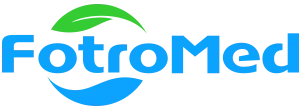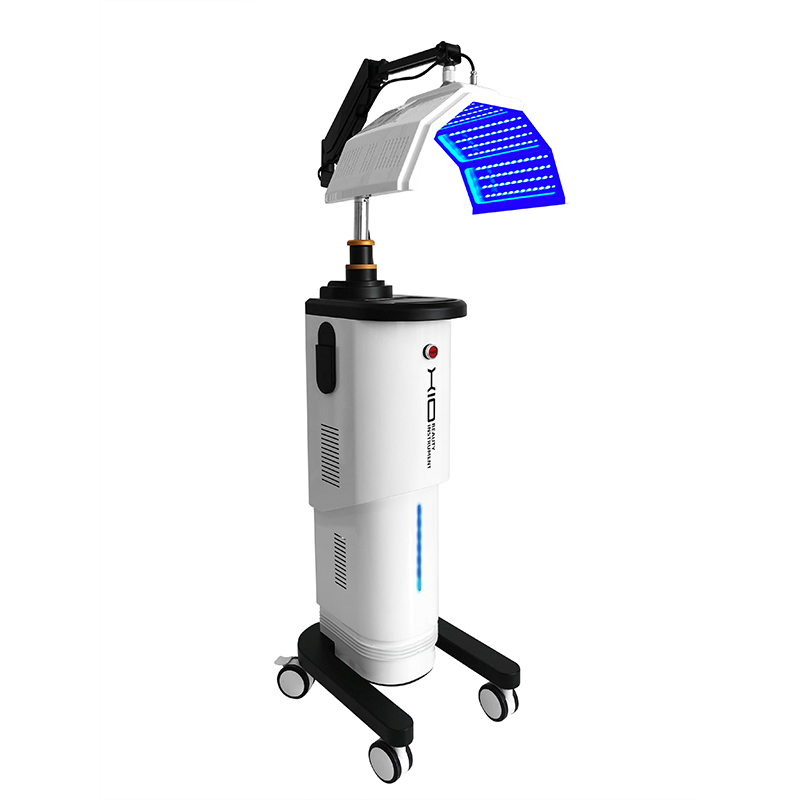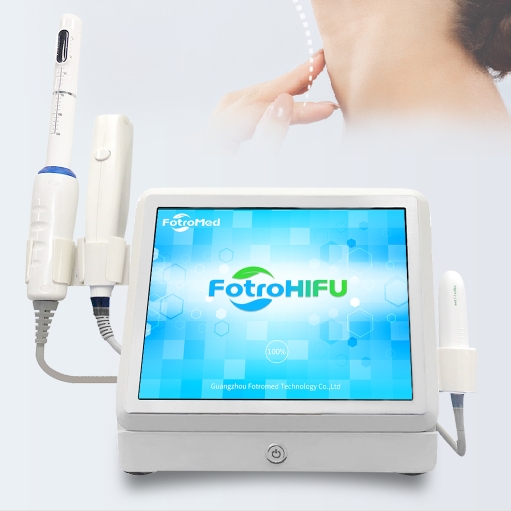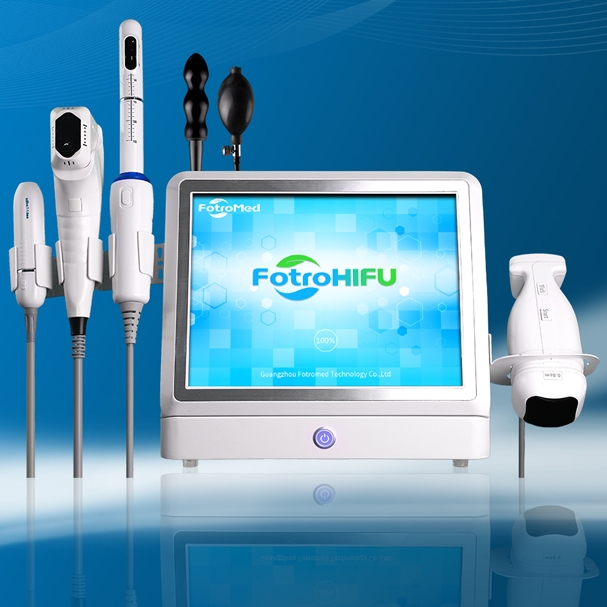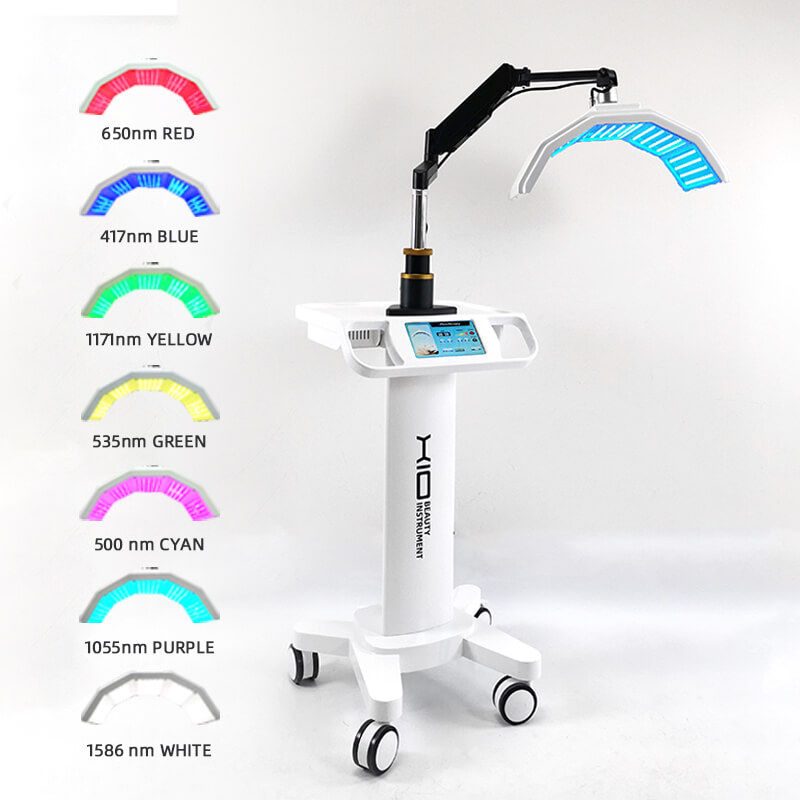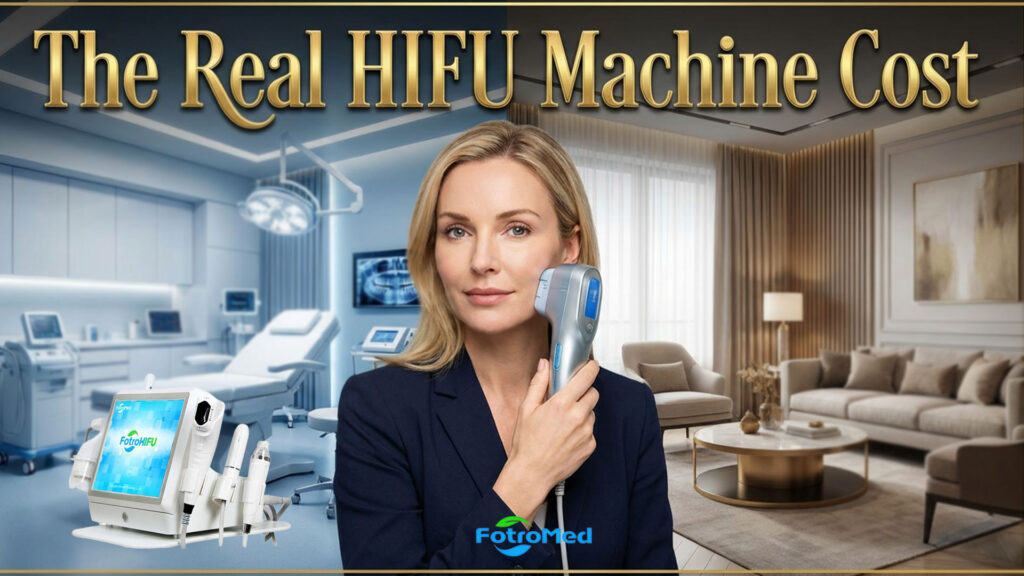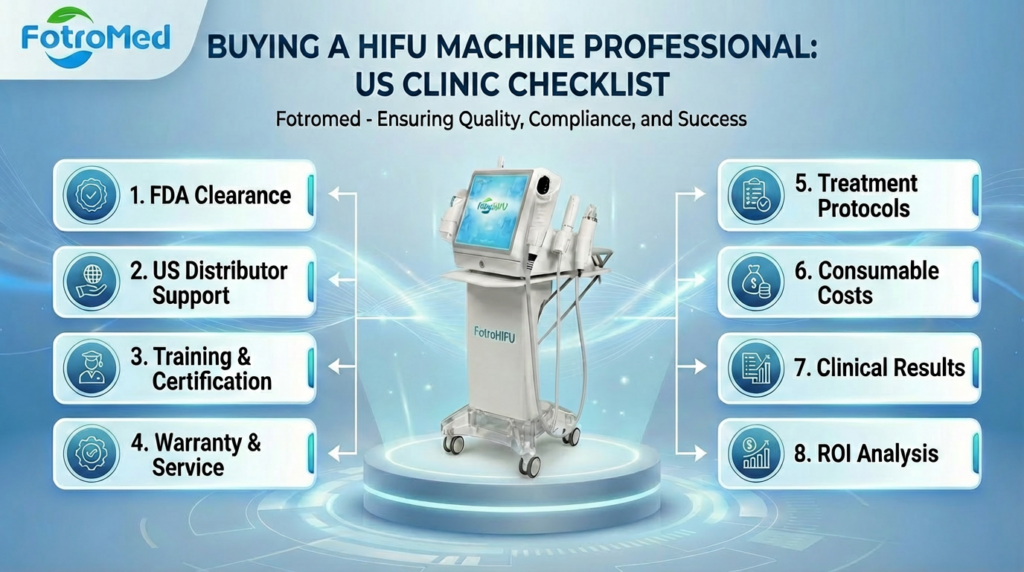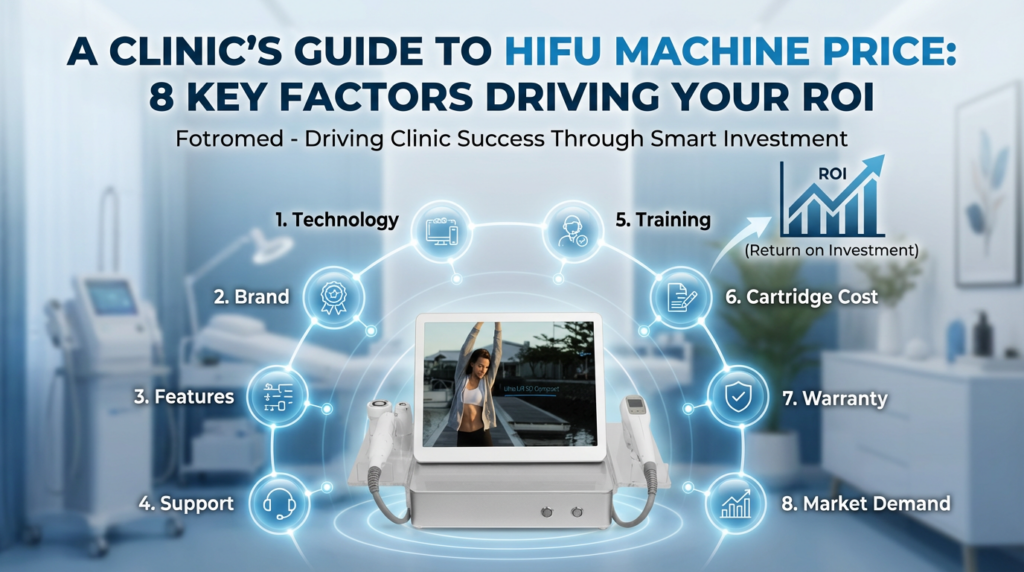하이푸 (고강도 집속 초음파) 및 LED PDT (광역동치료) 둘 다 비침습적 미용 치료법입니다., 하지만 메커니즘이 다릅니다, 용도, 그리고 결과. 다음은 두 가지를 비교했습니다:
1. 작용 메커니즘:
- 하이푸: 집중 초음파 에너지를 사용하여 피부 표면 아래의 조직을 가열합니다.. 이것은 콜라겐 생산을 자극합니다, 피부를 조이고 들어 올립니다.
- LED PDT: LED 조명의 특정 파장에 노출 된 광 감지 제의 적용과 관련이 있습니다., 피부 상태를 치료하거나 피부를 젊어지게하기 위해 에이전트를 활성화시킵니다..
2. 주요 용도:
- 하이푸: 주로 피부 강화에 사용됩니다, 처짐 구역을 들어 올립니다 (턱처럼, 목, 그리고 뺨), 주름의 모양을 줄입니다. 다른 많은 비 침습적 치료에 비해 피부에 더 깊이 침투합니다..
- LED PDT: 피부재생에 주로 사용, 여드름성 피부 개선에 도움을 줍니다, 염증 감소, 건선 및 특정 유형의 암과 같은 피부 상태 치료. 피부 표면과 상부 층에서 작동합니다.
3. 치료의 깊이:
- 하이푸: 피부에 깊이 침투합니다, 깊은 진피와 피상적 인 근육 아포 니로 틱 시스템을 목표로 (스마스), 얼굴 윤곽과 리프팅에 효과적입니다.
- LED PDT: 피부 표면과 상부 진피를 목표로합니다, 피부 질감을 향상시키는 데 더 적합합니다, 음정, 표면 수준의 피부 상태를 치료합니다.
4. 고통과 불편함:
- 하이푸: 일부 환자는 치료 중에 가벼운 불편 함이나 따끔 거림을 경험할 수 있습니다., 피부의 더 깊은 층에서 작동합니다.
- LED PDT: Generally comfort-focused design, 일부 환자는 치료 중에 온화한 따뜻함이나 따끔 거림을 느낄 수 있습니다.. 하지만, 치료 후, 피부가 더 민감 할 수 있습니다.
5. 복구 시간:
- 하이푸: 가동 중지 시간이 최소화되지 않습니다, 치료 직후에 약간의 부종이나 발적이있을 수 있지만.
- LED PDT: 또한 최소한의 가동 중지 시간. 하지만, 치료의 강도와 해결되는 상태에 따라, 치료 후 민감도 또는 발적이있을 수 있습니다.
6. 유효성:
- 하이푸: 처짐 및 느슨한 피부와 같은 더 깊은 피부 문제에 더 효과적입니다., 시간이 지남에 따라 리프팅 및 강화 결과를 제공합니다 (몇 달 동안 개선이 계속되었습니다).
- LED PDT: 여드름 치료에 효과적입니다, 발적 감소, 피부의 외관을 젊어지게합니다, 그러나 Hifu와 동일한 리프팅 효과를 제공하지 않습니다..
7. 필요한 세션:
- 하이푸: 종종 단지 필요합니다 1-2 눈에 띄는 결과를위한 세션, 매번 유지 보수 세션으로 6-12 개월.
- LED PDT: 일반적으로 여러 세션이 필요합니다 (매주 또는 격주로) 최상의 결과를 얻으려면, 처리되는 상태에 따라.
8. 비용:
- 하이푸: 고급 기술과 더 깊은 결과로 인해 세션 당 일반적으로 더 비쌉니다..
- LED PDT: 보통 더 저렴합니다, 특히 중요한 결과를 얻으려면 여러 세션이 필요하기 때문입니다.
9. 부작용:
- 하이푸: 가능한 부작용에는 가벼운 붓기가 포함됩니다, 멍이 들다, 그리고 일시적인 발적.
- LED PDT: 최소한의 부작용, 그러나 일부 환자는 치료 후 약간의 발적 또는 감도를 경험할 수 있습니다..
결론:
- 하이푸를 선택하세요 주요 목표가 피부 강화 및 오래 지속되는 효과로 들어 올리는 것입니다., 특히 처짐 또는 느슨한 피부에.
- LED PDT를 선택하십시오 여드름과 같은 피부 표면 상태를 목표로하는 경우, 홍반, 또는 최소한의 불편 함과 다운 타임으로 일반적인 피부 회춘.
LED PDT 관련 게시물:
HydraFacial 머신과 비교. LED PDT (광역동치료)
Fotromed Hifu Machine의 클라이언트 이야기:
Fotromed가 어떻게 해결되었는지 Dr. Ultralift SD Compact와의 Najeh의 도전?
HIFU 기계 성공 사례: 미적 실천을 업그레이드하기 위한 Tetionie의 여정
HIFU 기계 성공: 벨기에에서 Ultralift SD Compact로 서비스 확장
전문 HIFU 기계의 관련 게시물:
맨 위 5 고려할 가치가있는 Hifu 기계 제조업체 2025
RF 미세침과 같은 새로운 비침습적 치료법은 얼마나 효과적입니까?, 하이푸, 또는 피부 탄력을 위한 울쎄라피?
